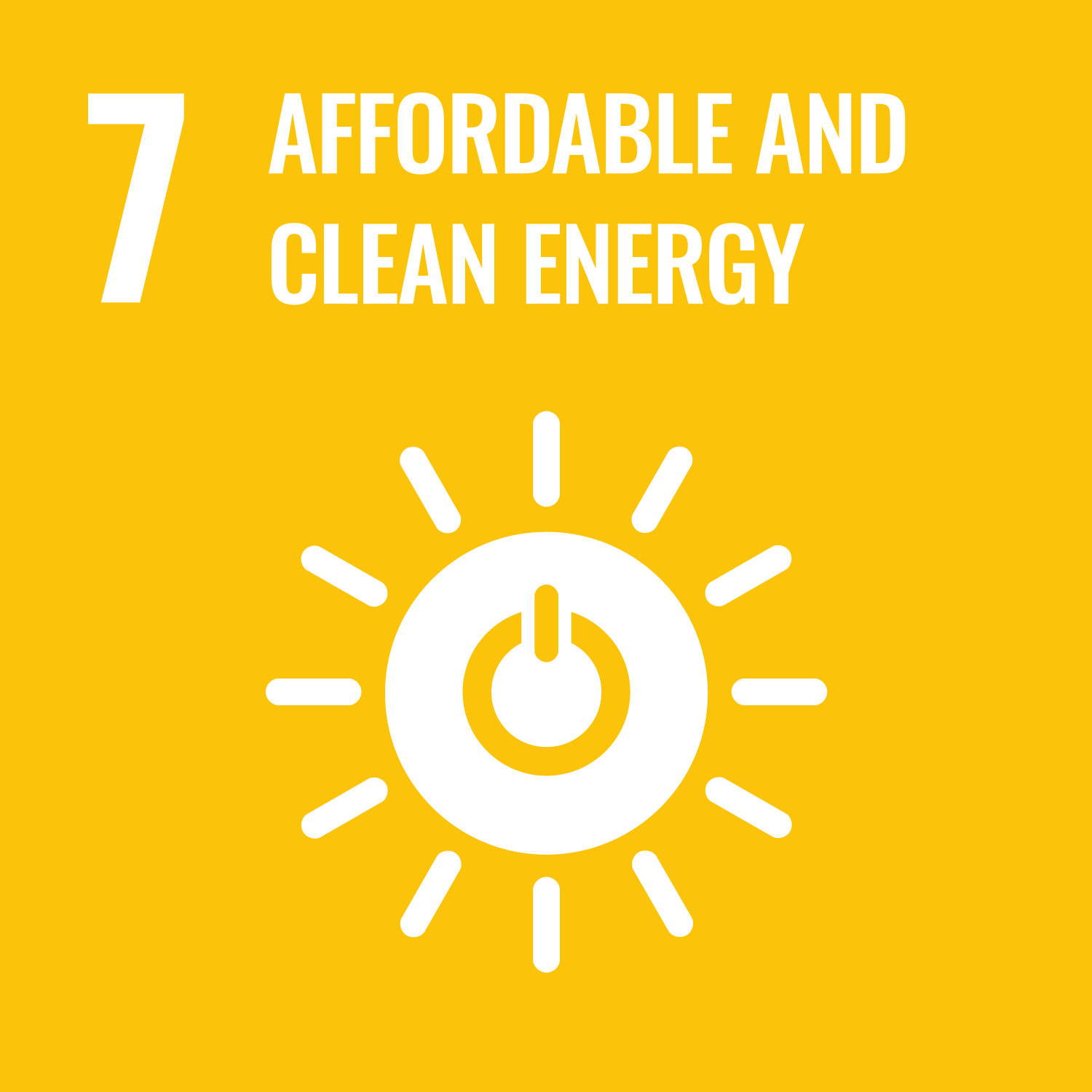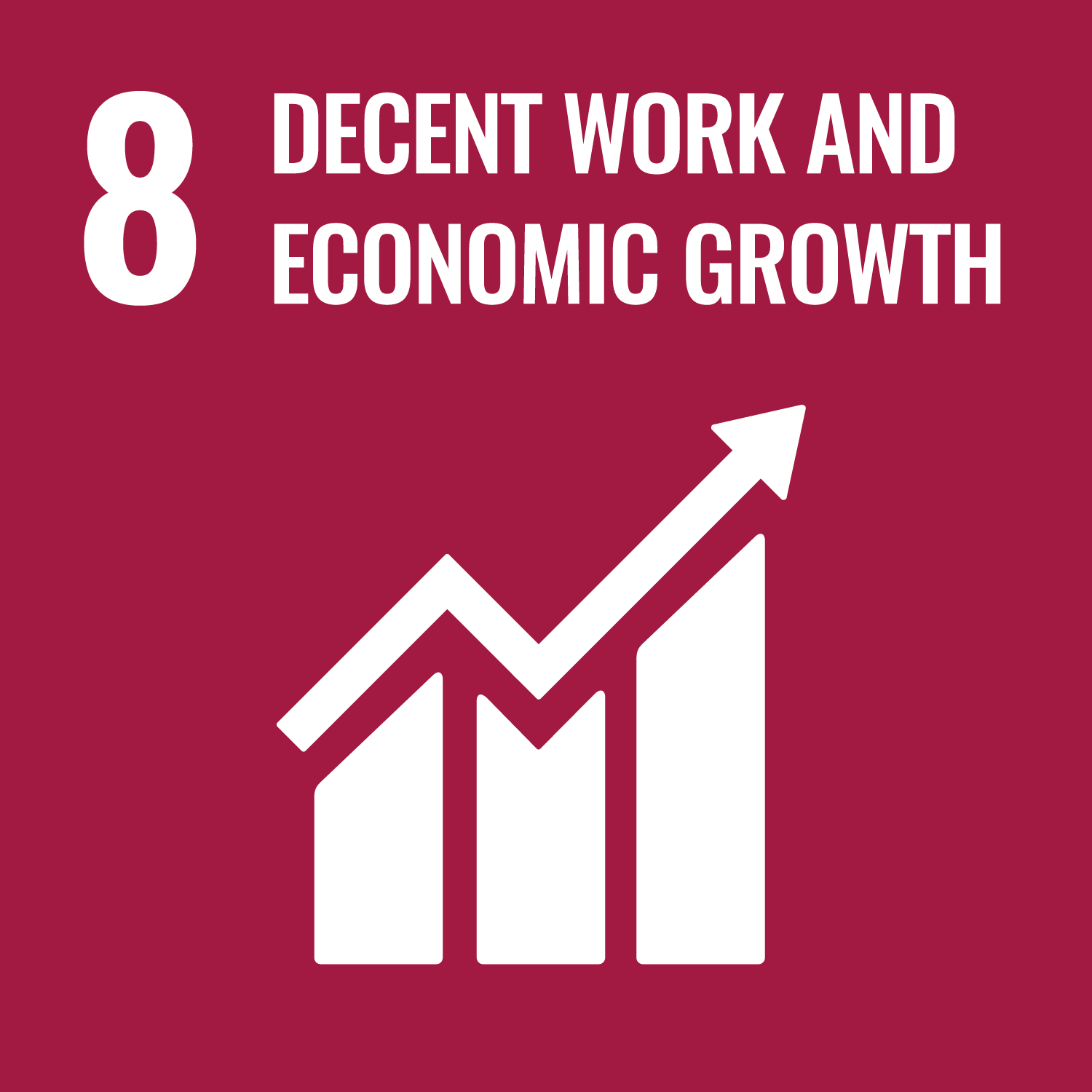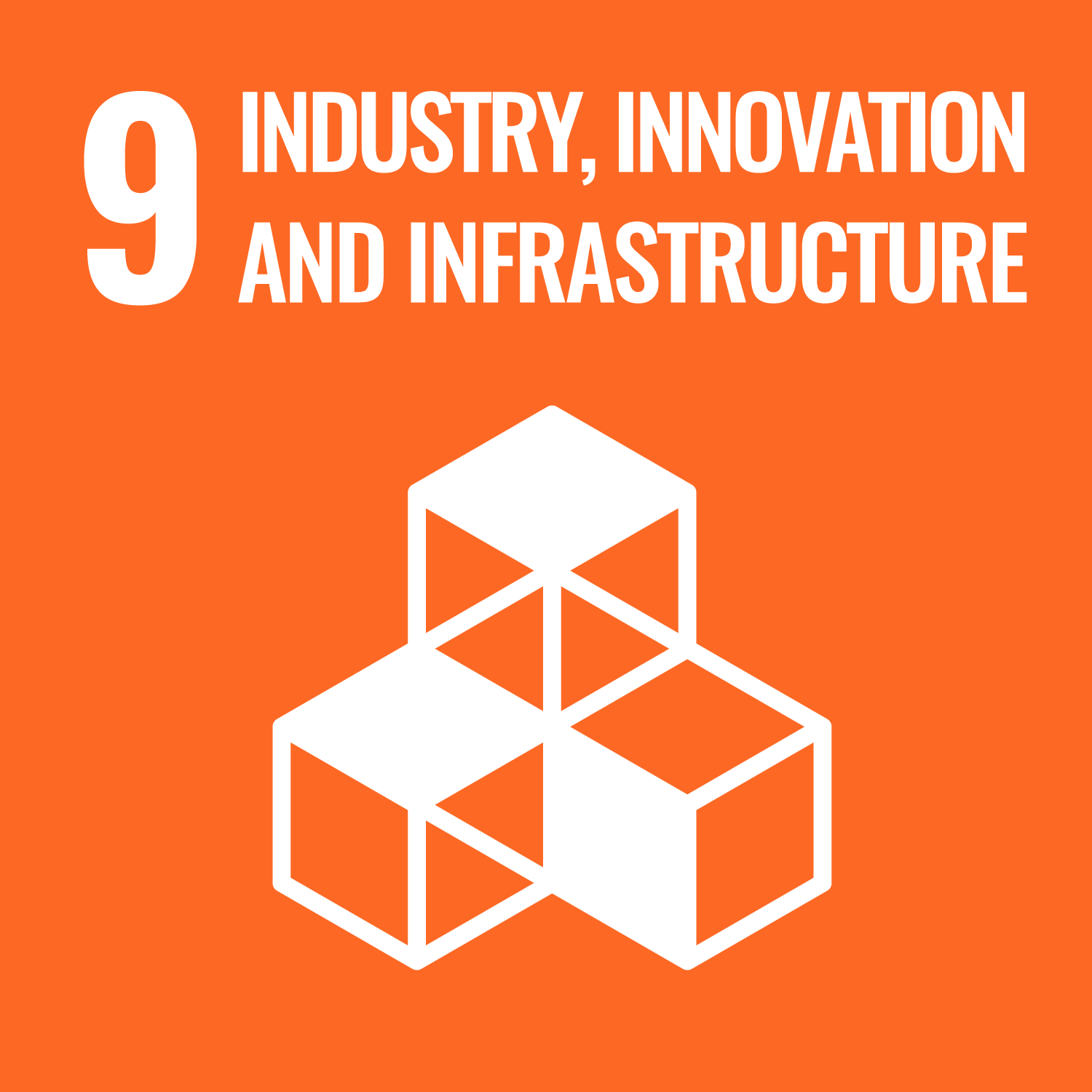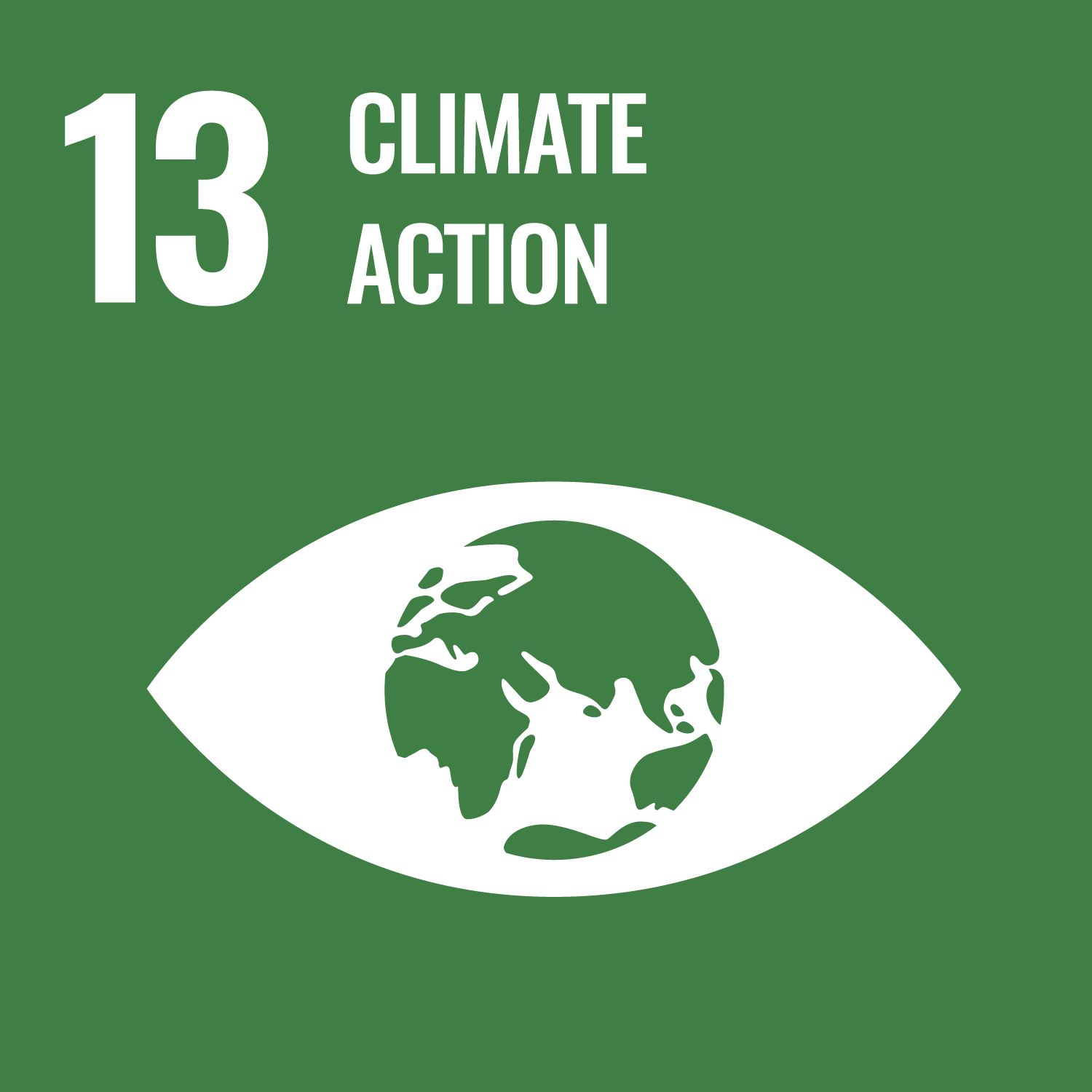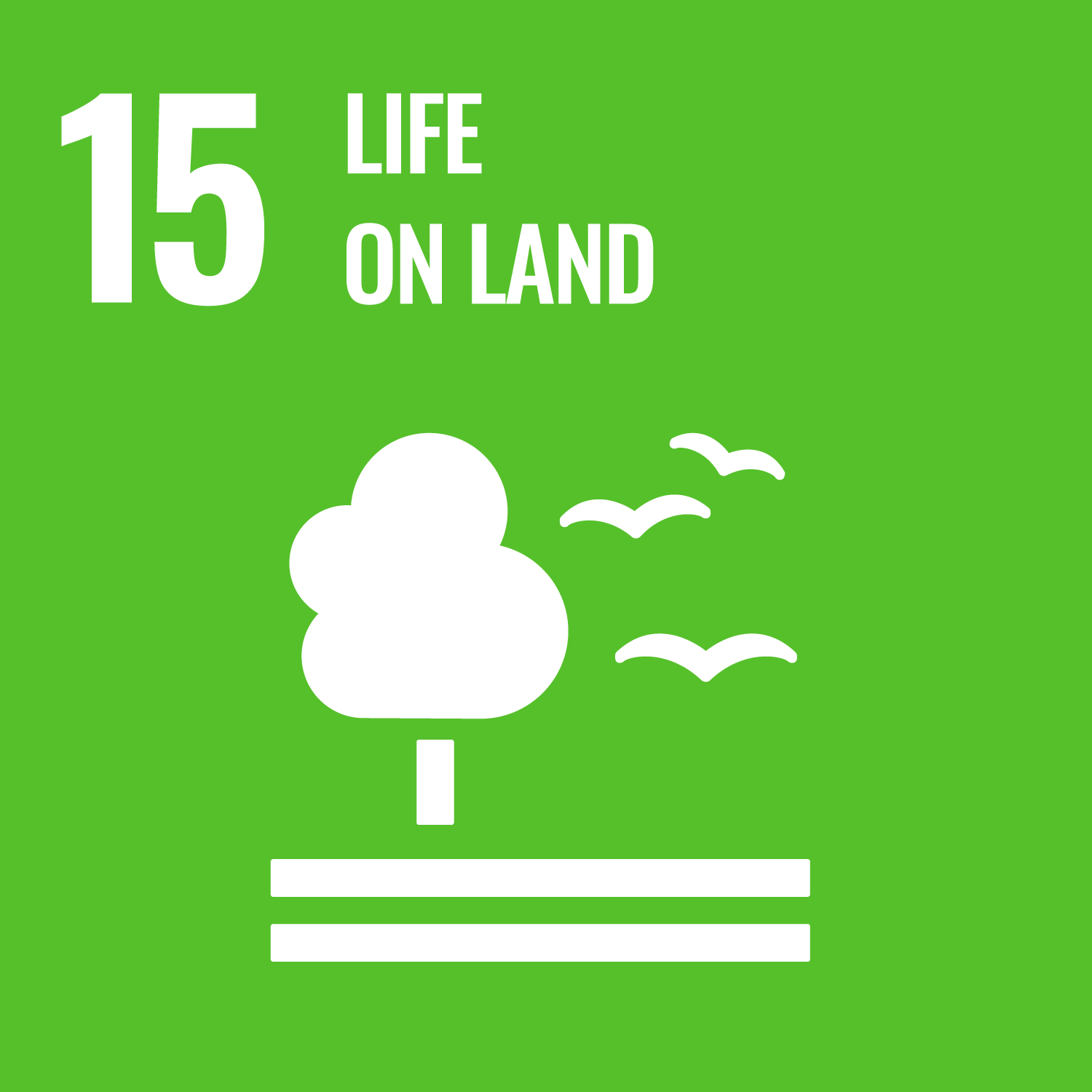ORCID
- Melanie C. Austen: 0000-0001-8133-0498
Abstract
The rapid development of offshore wind farms (OWFs) has raised concerns about the increasing conflicts and synergies with existing marine activities, especially the traditional fishery industry, from socioeconomic and environmental perspectives. Quantifying the conflicts and synergies require frameworks that can consider environment and economic systems simultaneously. This study builds on and extends a well-established computable general equilibrium (CGE) model to incorporate a natural capital and ecosystem service into the modelling framework, enabling a comprehensive analysis of the two-way interactions between the economy and natural environment. Our results suggest that expansion of OWFs has significant negative impacts on the seafood sectors, whereas fish stocks benefit slightly as fewer fish are harvested. Moreover, the increase in fish stocks due to the closed areas and artificial reef effect could bring benefits to the fishing sector, and pass onto the wider economy. The combined impacts of expansion of OWFs and increased fish stock demonstrate the potential benefits of multi-use of marine spaces by the OWFs and fishing activities. This modelling approach provides an illustration of the potential and importance of incorporating natural capital into CGE models in practice, which could be used for policy making regarding marine renewable energy and sustainable development planning in the marine environment.
DOI Link
Publication Date
2023-01-01
Publication Title
Applied Energy
Volume
332
ISSN
0306-2619
Acceptance Date
2022-12-13
Deposit Date
2023-11-08
Embargo Period
2023-12-22
Recommended Citation
Qu, Y., Hooper, T., Austen, M., Papathanasopoulou, E., Huang, J., & Yan, X. (2023) 'Development of a computable general equilibrium model based on integrated macroeconomic framework for ocean multi-use between offshore wind farms and fishing activities in Scotland', Applied Energy, 332. Available at: 10.1016/j.apenergy.2022.120529

